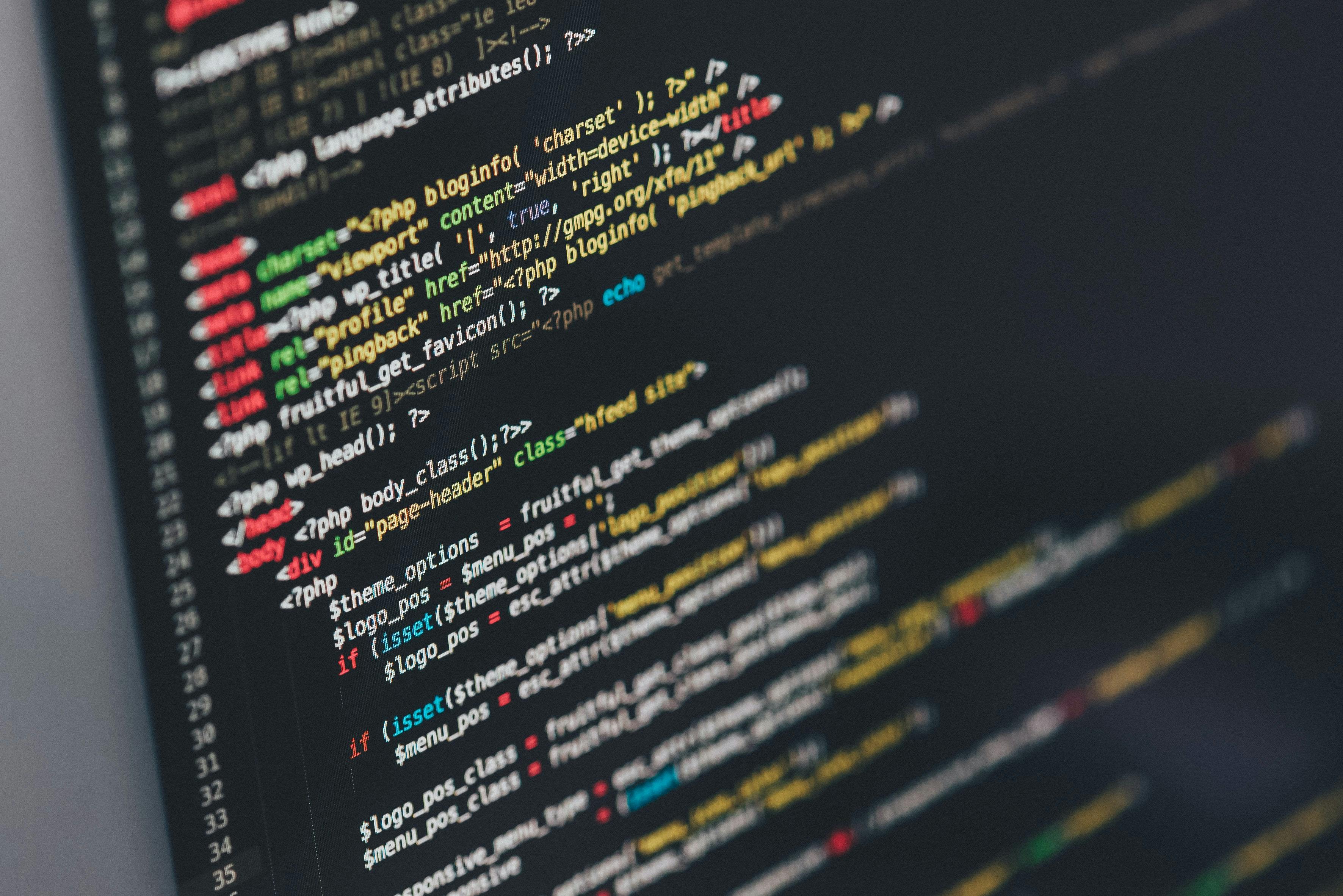
Photo by İsmail Enes Ayhan on Unsplash
What is Proof-of-Work (POW)? Does it have Problems?
Is it sustainable?
The blockchain is really just a collection of transactions. Transactions can be anything from sending crypto from one person to another; buying, creating, and selling an nft; or really anything that requires a user to add information to the chain. To add a transaction to the chain, many transactions are grouped to form blocks and those blocks are added to the chain by computers. These computers are called validators.
But how can we trust these computers to put accurate information onto the blockchain? This is where consensus methods come into play.
Most of the more popular and relatively newer blockchains these days, like polygon, solana, and optimism, use some form of a proof-of-stake (POS) consensus method. However, this article is not about proof-of-stake. Instead it's about the problems of the proof-of-work (POW) consensus method which is used by bitcoin, dogecoin, ethereum (ethereum will eventually switch to proof-of-stake), and more.
Side Note: This article was written before the Ethereum moved to Proof of Stake
What is POW?
In a non-technical way, POW works by forcing validators, which are called miners in POW, to compete against each other to see who first computes an extremely complicated and time consuming calculation to add a block to the chain. One of the reasons for this system is that it reduces the chances of someone adding an altered block to the blockchain. Because why would you go through the hassle of all that computation to add a malicious node to the chain?
Also, if a miner wanted to change a block in the chain maliciously they would need a practically unattainable amount of computation power. This is because when you change one block in the chain every block after it needs to be changed, which causes another POW computation to be complete.
Problems with POW
Wasted Computational Energy

Since every miner has to compete with each to put a block on the blockchain, most miners will waste their computation with no block added. Hence, POW results in an unnecessary amount of energy consumption, especially compared to other consensus mechanisms like POS. This wasted energy is also why many people, rightfully so, talk about the pollution caused by bitcoin and other POW chains.
Mining Pools and Centralization
In a POW system a group of computers can create a mining pool. Every computer in the pool competes together to solve the computation. If a computer in a pool correctly solves the computation it splits the rewarded tokens evenly with everyone in the pool. However, this leads to centralization and security problems. If a mining pool reaches over 50% of the computation power of the blockchain they can validate inaccurate blocks.
Wrap Up
Proof-of-work is still a fine consensus method for blockchains, but there are other consensus methods that are more efficient and secure. Nevertheless, this is still a topic up for debate and I am sure many people will disagree with me reading this post.
Thank you for reading my article!
If you enjoyed this post or my content, feel free to collect my Lens posts for a small fee or tip me via my ENS and follow some of my socials below.
Socials
Twitter: @TheRealSiddhu
Lens: siddharthgowda.lens
ENS: siddharthgowda.eth
References
Ethereum 2.0: Proof of Stake vs Proof of Work | Vitalik Buterin and Lex Fridman
Blockchain Technology Architecture
Proof-of-work (PoW) | ethereum.org
